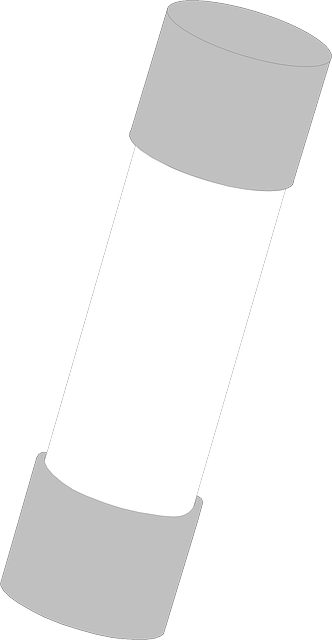If you’ve noticed mold growing on your air vents, you might be wondering what caused it. Most homes have one to two air vents per room. Rooms smaller than 100 square feet typically have a single air vent, whereas those larger than 100 square feet typically have two air vents. Whether some or all of your air vents are covered in mold, you should try to resolve the underlying problem.
#1) Clogged Condensate Drain Line
A clogged condensate drain line is a common cause of moldy air vents. Air conditioning systems, as well as heat pumps, have a drainage system near their indoor coil. Known as a condensate drain line, it’s designed to flush condensation to the home’s exterior. If it’s clogged, condensation will accumulate. It will build up in the drain pan, resulting in higher indoor humidity levels.
#2) Air Duct Leakage
You may notice mold growing on your air vents if there’s an air duct leakage. Air ducts are designed to be sealed. Sealed air ducts will allow your air conditioning system, heat pump and/or furnace to pressurize the conditioned air so that it moves throughout your home. If there’s a puncture in the ductwork, the conditioned air will leak out. At the same time, dust and debris will enter the ductwork through the puncture, at which point the dust and debris may collect on your air vents.
#3) Lack of Cleaning
Failure to clean your air vents regularly will place them at risk for mold growth. Mold thrives in humid environments – but it still needs organic matter. Dust is a form of organic matter. Over time, dust will accumulate on your air vents, thereby attracting mold. You can keep mold at bay by regularly cleaning your air vents.
#4) Oversized AC System
Using an air conditioning system that’s too big for your home may result in mold growing on your air vents. With an oversized air conditioning system, you’ll experience shorter cooling cycles. It may quickly cool your home, but the oversized air conditioning system won’t be able to properly dehumidify it. The end result is higher indoor humidity levels that increases the risk of mold growth on dusty surfaces.
#5) Low Refrigerant
If your air conditioning system is running low on refrigerant, it won’t be able to dehumidify your home. Dehumidification occurs at the evaporator coil. As moisture vapor condenses on the evaporator coil, it will drip into a pan below. This pan is connected to the condensate drain line. With low refrigerant levels, moisture may not condense on the evaporator coil, meaning your air conditioning system won’t dehumidify your home.




















